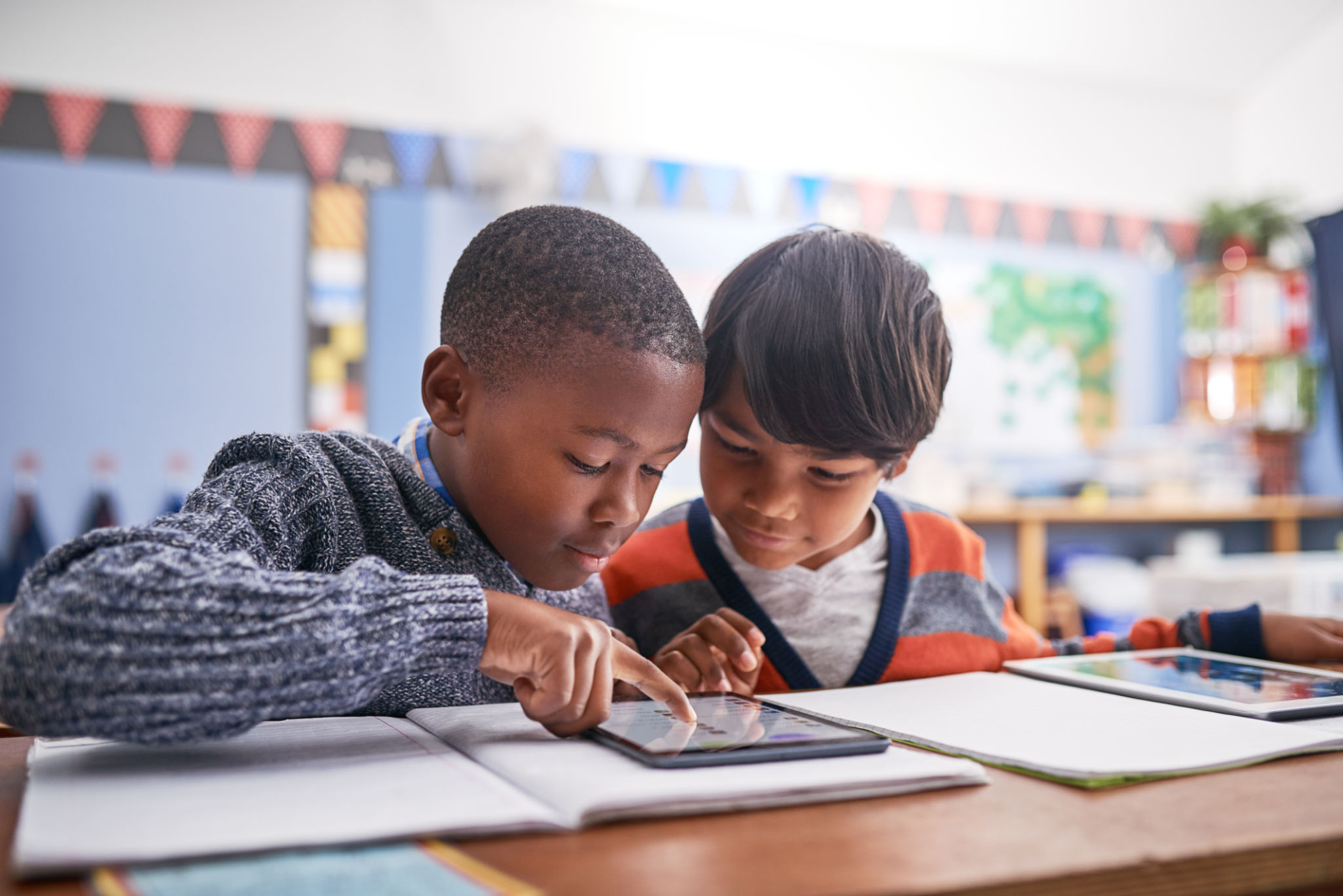The Role of Technology in Modern Child Education: Insights from ReadingJar
Introduction to Technology in Child Education
In the rapidly evolving landscape of education, technology has become an integral part of how children learn and interact with the world. With the emergence of innovative educational tools and platforms, students have unprecedented access to a wealth of information and learning opportunities. This digital age offers new ways to engage young minds and personalize learning experiences.
ReadingJar, a leader in educational technology, is at the forefront of this transformation, offering insights into how technology can enhance child education. By leveraging digital tools, ReadingJar aims to cultivate an environment where learning is both fun and effective.

The Benefits of Technology in Education
Technology in education provides numerous benefits that traditional methods might not offer. One of the primary advantages is increased accessibility. Digital resources allow students to access learning materials anytime and anywhere, breaking down geographical and temporal barriers.
Moreover, technology enables personalized learning experiences. Through adaptive learning software, students can learn at their own pace and focus on areas where they need improvement. This individualized approach helps cater to diverse learning styles, ensuring that each child can thrive.
Interactive Learning Platforms
Interactive learning platforms are revolutionizing the way children engage with educational content. These platforms often include elements such as games, quizzes, and multimedia presentations, making learning more dynamic and enjoyable. ReadingJar utilizes such interactive features to captivate young learners' attention and foster a love for reading.

Challenges and Considerations
Despite the many advantages, integrating technology into education does come with challenges. Ensuring equal access to technological resources is crucial, as not all students may have access to the necessary devices or internet connectivity at home. Schools and educators must work towards bridging this digital divide to provide equitable learning opportunities for all students.
Additionally, there is a need for guidance in navigating the vast array of digital resources available. Educators and parents must help children discern credible sources from unreliable ones, fostering critical thinking skills in the process.
Balancing Screen Time
As technology becomes more prevalent in education, it is essential to balance screen time with other activities. Excessive screen time can lead to various health issues, including eye strain and reduced physical activity. Encouraging breaks and incorporating physical exercises into daily routines can help mitigate these effects.

The Future of Technology in Education
The future of child education is inherently tied to technological advancements. Virtual reality, augmented reality, and artificial intelligence are set to further transform the educational landscape by providing immersive learning experiences that were once unimaginable.
ReadingJar continues to innovate by exploring these advanced technologies to create more engaging and effective educational tools. The goal is to prepare students for a future where technology plays a central role in all aspects of life.
Conclusion
Technology's role in modern child education is significant and ever-expanding. With the right tools and strategies, it can enhance learning experiences, making education more accessible and enjoyable for all students. As we continue to embrace these innovations, it is crucial to address potential challenges and strive for an equitable digital future.
ReadingJar remains committed to leading this educational revolution, ensuring that children have the resources they need to succeed in the digital age.
